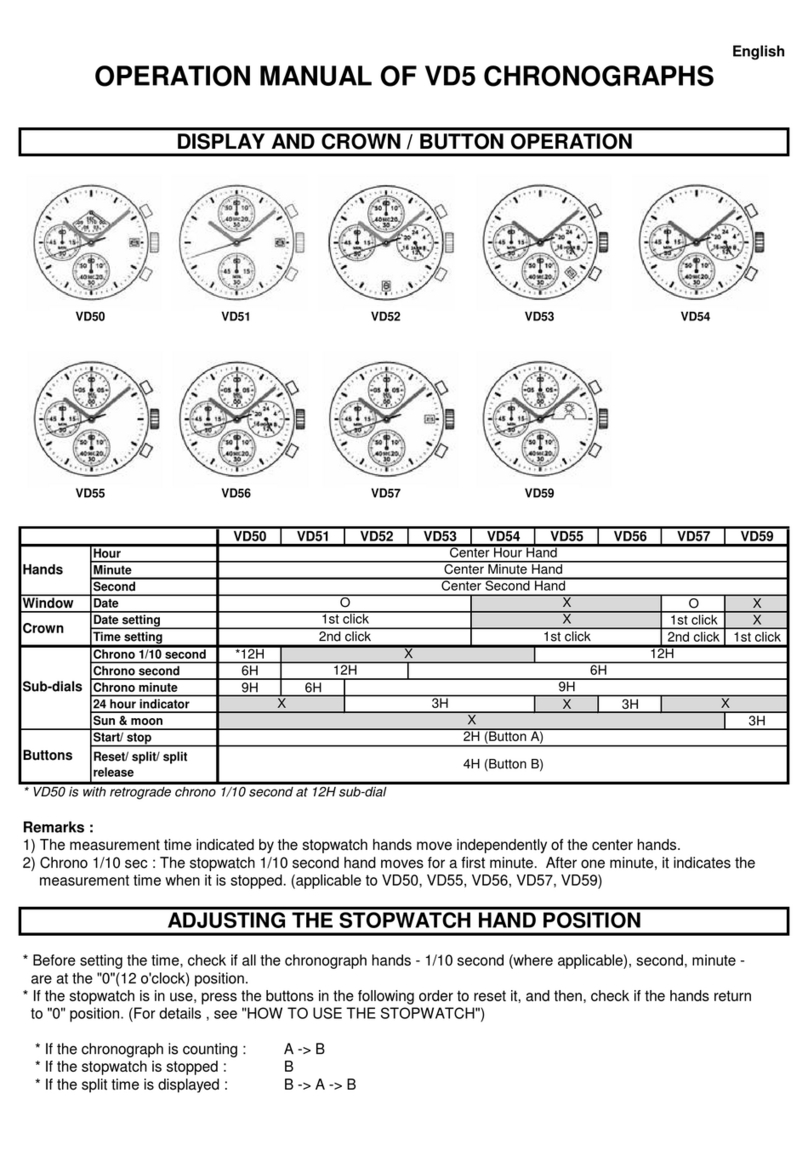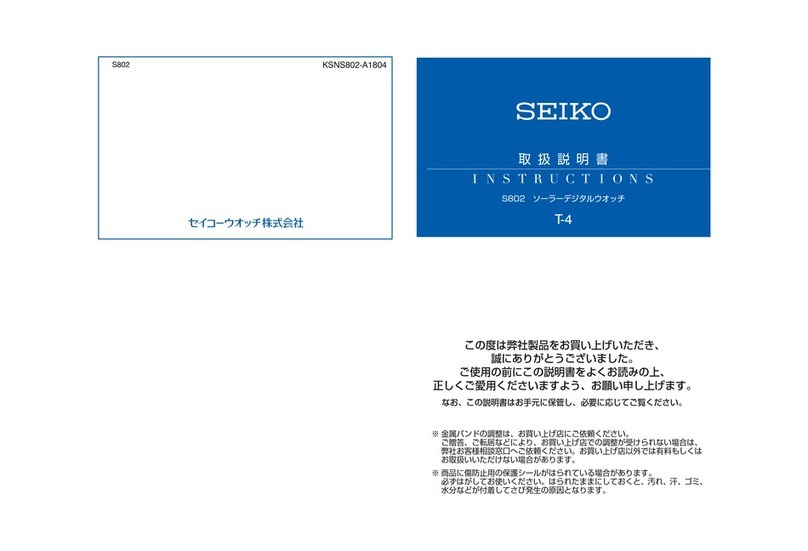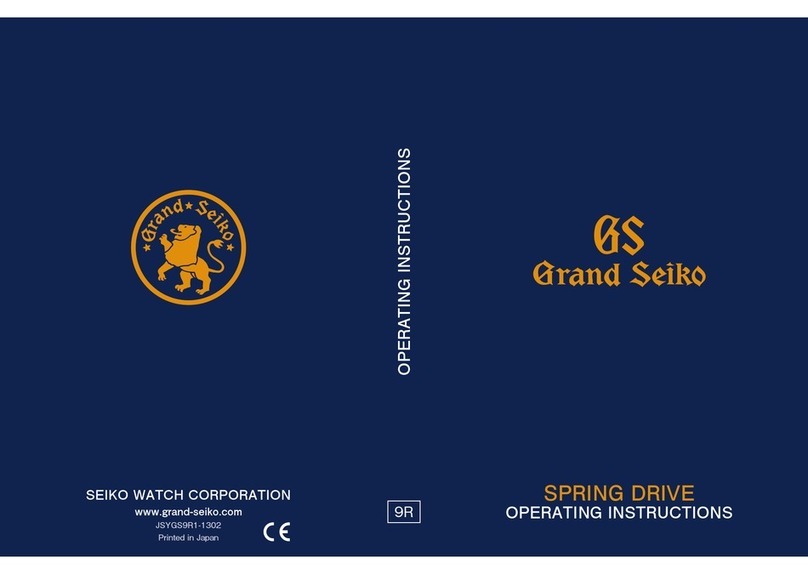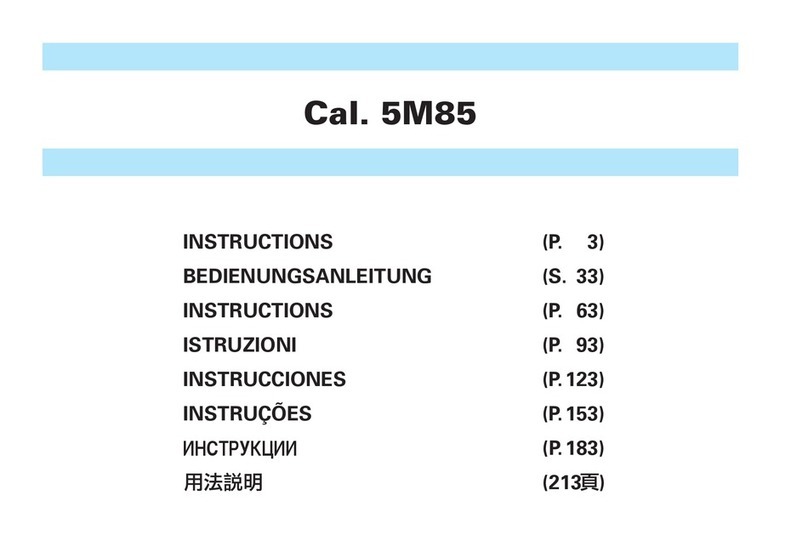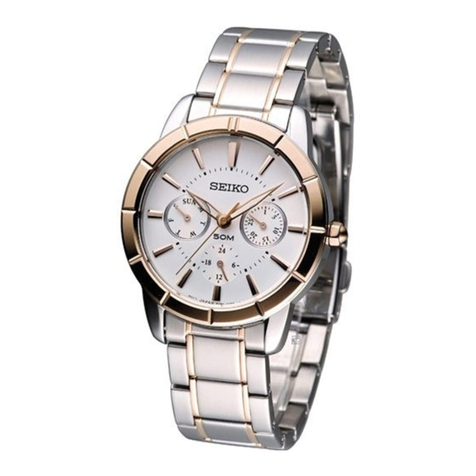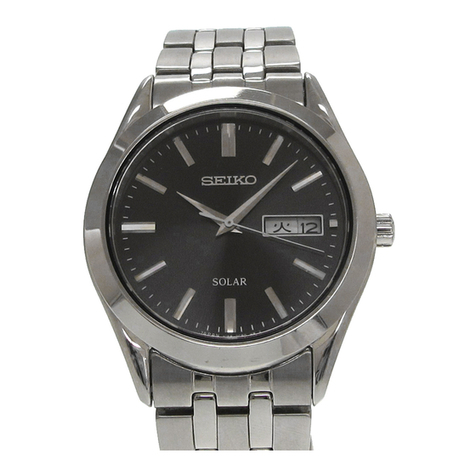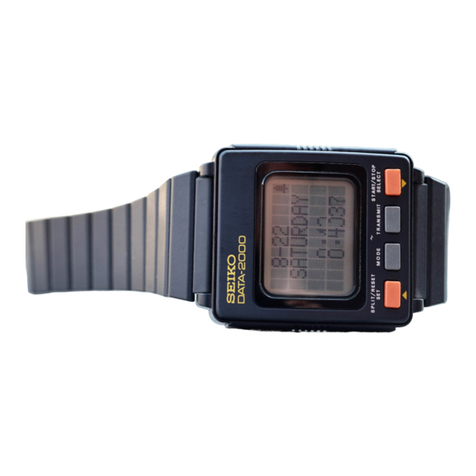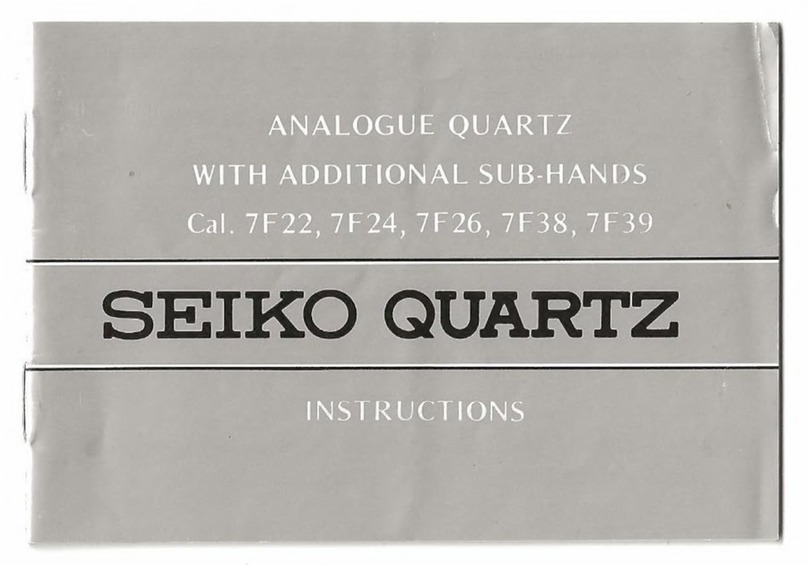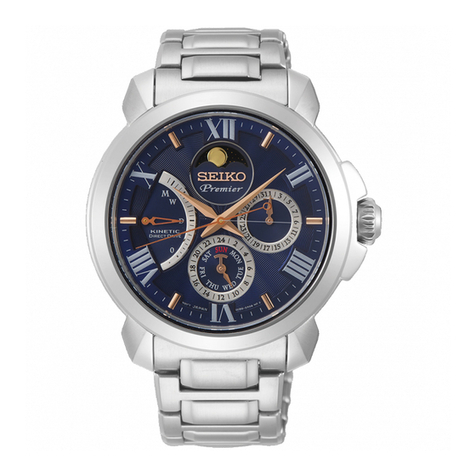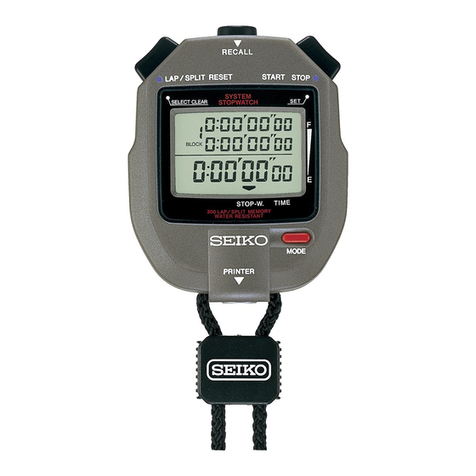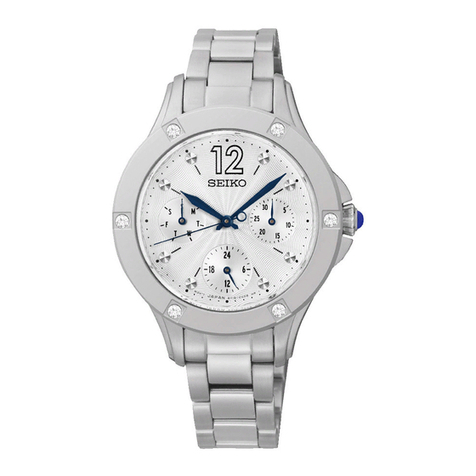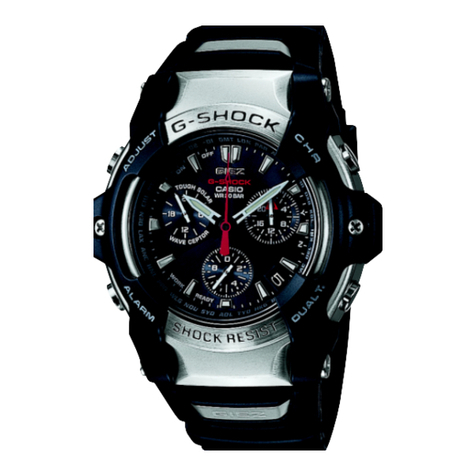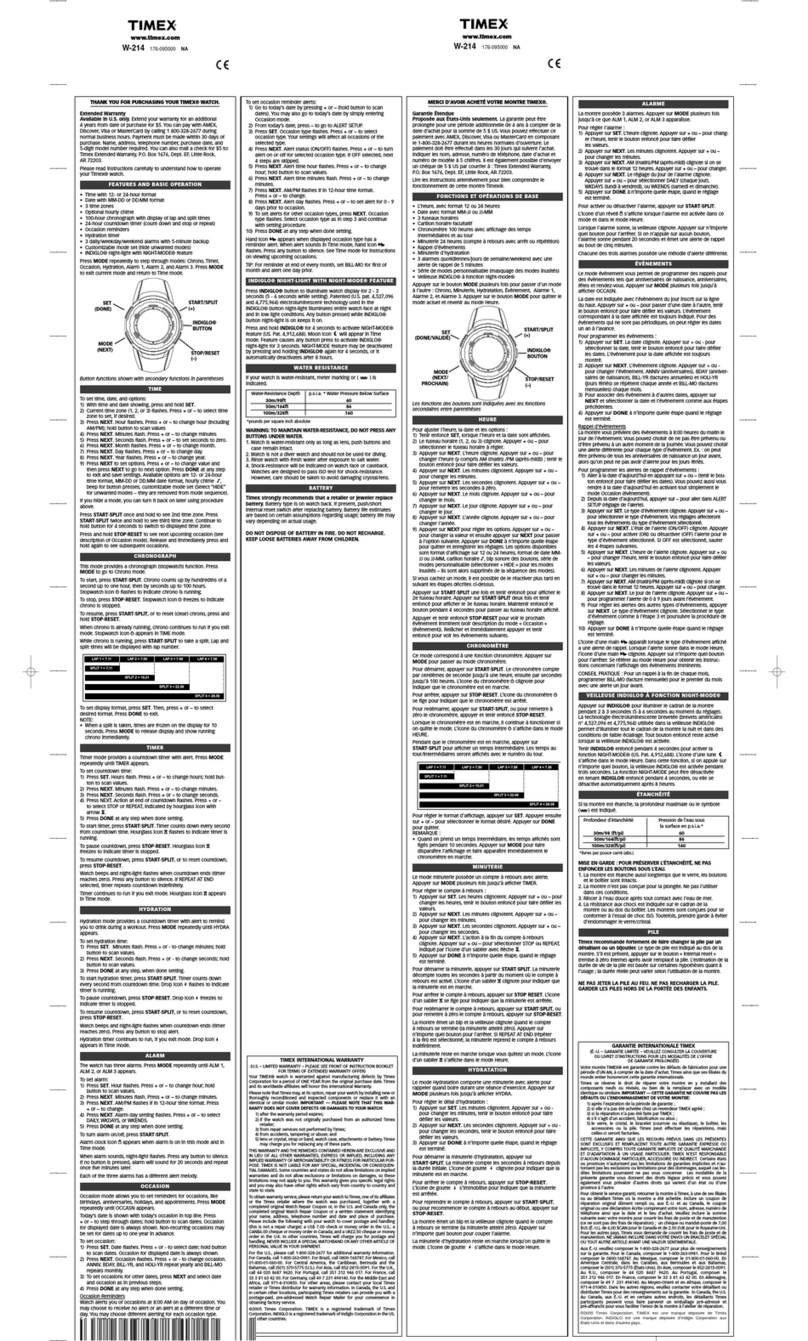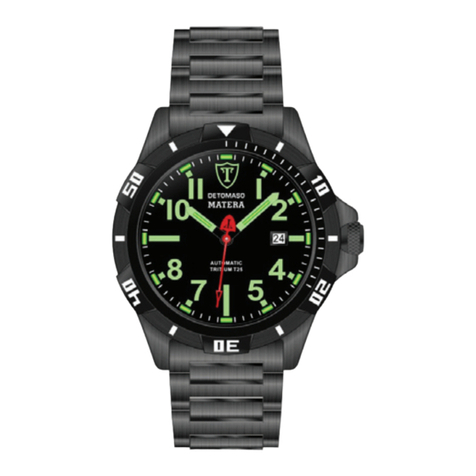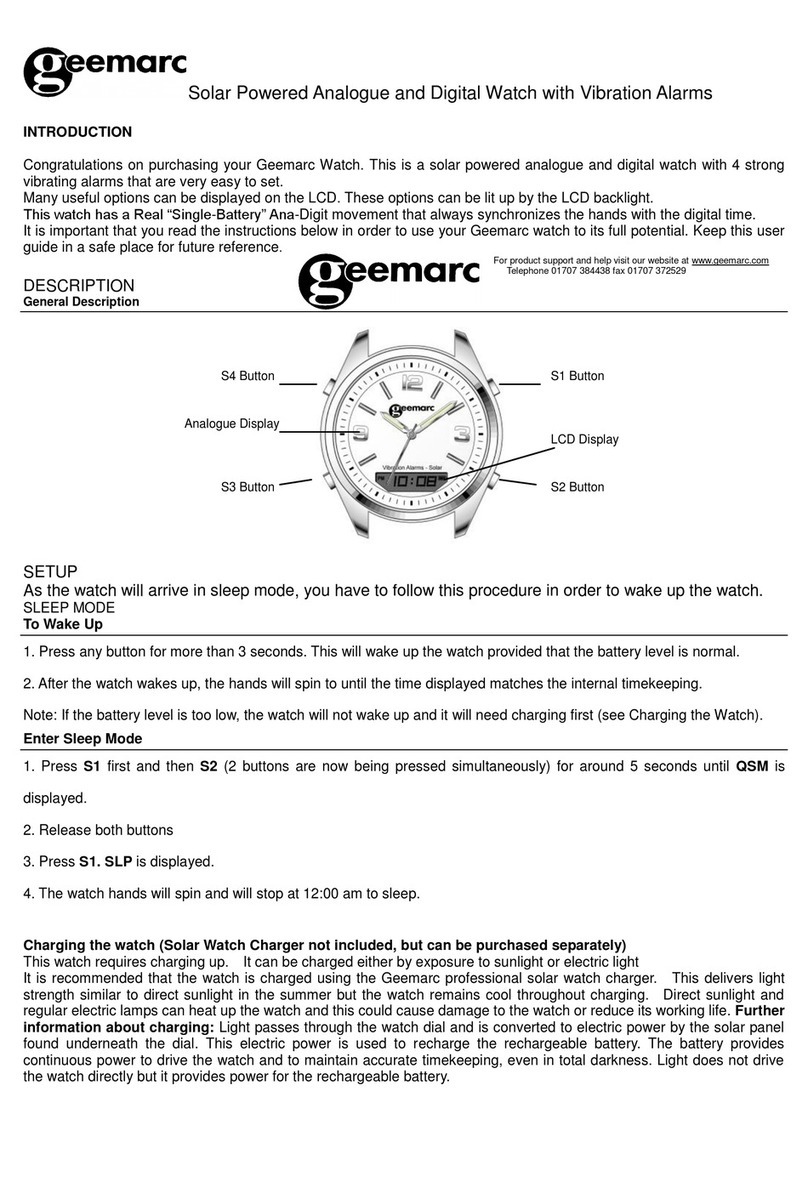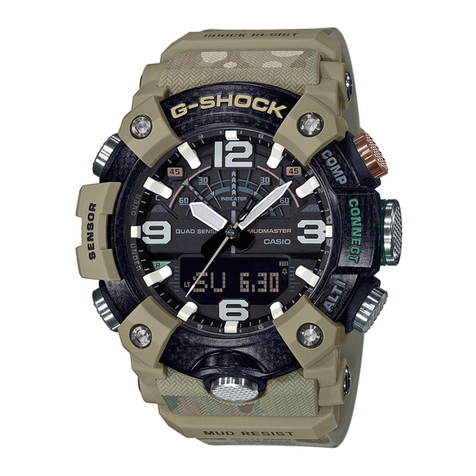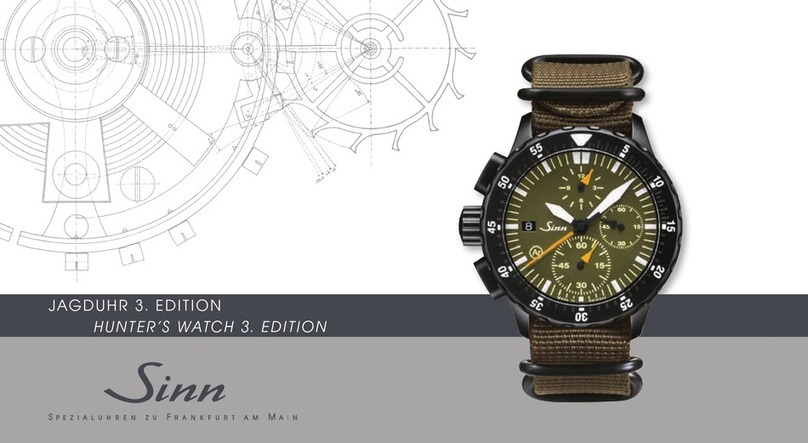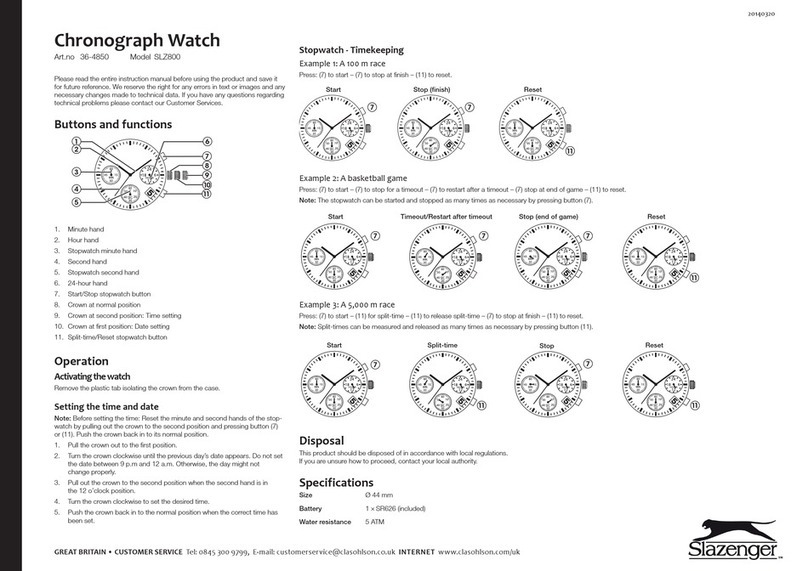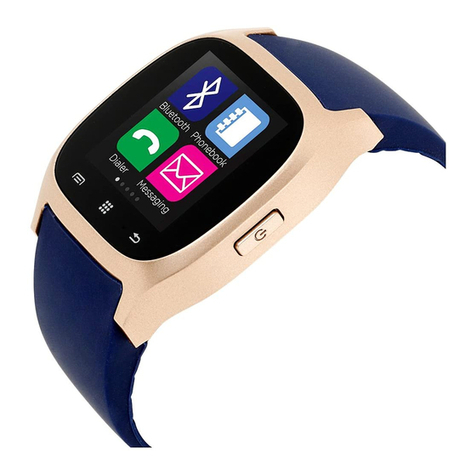The accuracy of a mechanical watch varies depending on many things,
Such as the amount the spring is wound by movements of your arm, temperature, or resting position
of the watch
Thus to show the accuracy of a mechanical watch evenly, not depending on the environment
Loss/gain of a mechanical watch is measured
Before the inside movements of the watch are put in the case,
Under controlled conditions,
With many days of tests
And the measured rate is called "the accuracy of mechanical watch movement at rest"
In both the Ofcial Swiss Chronometer Inspectorate and Grand Seiko Standard
The standard rate is the accuracy of mechanical watch movement at rest
*
Refer to the instruction manual for further information on the Grand Seiko Standard and Rating
Certicate.
The accuracy of a mechanical watch in use should be from –1 second/day to +10 seconds (+8 seconds
for Cal. 9S86 and 9S85) /day. If the average of the daily rates exceeds this level, we would like the
responsibility for adjusting it accordingly ([Only in Japan]. The cost of adjusting the watch is free of charge
for two years from the date of purchase.
To adjust the accuracy as accurately as possible, information such as the rate of loss/gain of your watch
and how you use it, are very important. Please let us know the following when you ask for adjustment of
your watch by our service center.
(1) The average daily loss/gain rates for one week to ten days
Ex. an average of +11 seconds
(2) Approximate hours of wearing the watch in one day in the above period
Ex. Approximately 10 hours
(3) The resting position of the watch while you don't wear it
Ex. Horizontal - Dial up
Vertical - the crown up
This rate is the data measured in an environment that is articially controlled
In order to fairly evaluate/show the abilities of mechanical watches without being
inuenced by environmental changes
So it is different from “the accuracy of mechanical watches in use”
When you are actually wearing the watch
The accuracy of a mechanical watch varies delicately day by day, depending on the
environment
This is like a living thing
One of the charms that a mechanical watch has
As there are rules for everything
There is a rule for winding the spring
You have not heard this before?
Please keep it in mind
The mainspring - the source of energy for a
mechanical watch
When it is fully wound, it can supply the most stable
energy to every part of the watch movement, and the
accuracy of the watch becomes most stable
Even if your watch is a self-winding type,
when you feel the accuracy is not stable,
Shake the watch or turn the crown about
thirty times to wind the mainspring further
If you work at a desk, etc., and do not
move too much,
The spring will not be wound sufciently
If your watch is a wind-up mechanical type,
Turn the crown thirty to forty times every day,
at a xed time
To wind the mainspring sufciently
To use the watch with better accuracy,
Wind the mainspring every day, at a fixed
time
Please keep to this rule as best as possible
For instance,
You may make it a rule to wind the spring
When you wake up, or at lunchtime
Wind the mainspring of your mechanical watch at a xed time.
Place your watch correctly, like this.
Half of one day, twenty-four hours
When you do not wear your watch
The accuracy while you do not wear the watch is included in “the
accuracy of a mechanical watch in use”
The mechanical watch that you take off
Which position should the watch be put in?
The loss/gain of a mechanical watch
Depends on the resting position of the watch
In one position, the watch tends to gain, in another position, it doesn't
For instance, while you are sleeping at night,
When you do not wear your watch
Put the watch in various positions for seven to eight hours, such as
placing it with its face turned up, or with the crown up
To nd the best resting position for the watch for reducing the loss/
gain that occurs while you are wearing your watch
The accuracy of a mechanical watch movement at
rest / the accuracy of a mechanical watch in use
For lifelong use of your mechanical watch rule No.1
For lifelong use of your mechanical watch rule No.2
Characteristics of a mechanical watch
